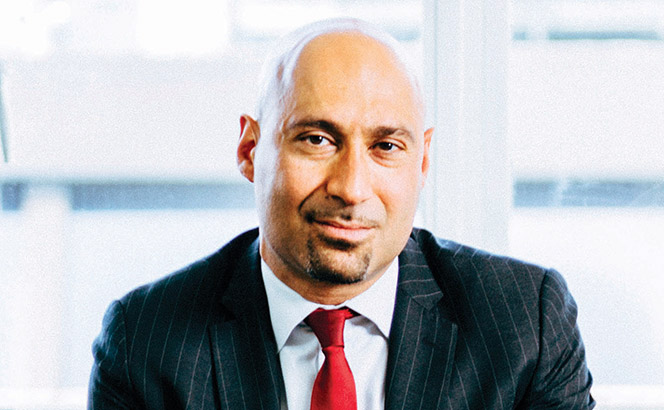The good news is that up close the reality turns out to be not as awful as the cynics have feared. After all, for years the profession has avoided a frontal discussion of its record on ethnic diversity, choosing to submerge the topic within the umbrella of diversity and inclusion even as law firms became more intent on selling their progressive credentials.
And in fairness, avoiding that debate has been as much about a general British reticence to tackle issues of race head on with commentators and the media often treading with excessive delicacy in such matters. Still, the end result has been little frank discussion, certainly compared to the increasingly forthright debate on the profession’s record on female representation and retention or tackling social mobility.
Looking at the record of large City law firms as we do in this month’s cover feature, at the largest dozen UK law firms, 17% of lawyers identify as black, Asian and minority ethnic (BAME) domestically. This figure falls to 7% at partner level, which trails the profession as a whole in England and Wales.
The biggest cause for cheer is at the junior end, where the focus on more diverse graduate recruitment has seen a few firms achieve 40%-plus BAME contingents in their latest UK trainee rounds. Such a result is something of a rebuttal to the critics of measures like contextual recruitment and anti-bias training in delivering results.
Yet this leaves the industry facing two substantial challenges in the field of ethnic diversity. The first lies in the widely-divergent experiences of different groups within the profession. While major law firms – which have long cultivated images as paid-up citizens of the global village – appear to have little trouble attracting significant numbers of aspiring Asian lawyers, there is little success with black candidates.
While the overall BAME averages flatter, according to some estimates commercial law struggles to achieve even 1% black solicitor representation at most firms, once you move beyond the junior ranks. Moreover, the profession is nowhere near coming up with a substantial answer to this challenge.
The other substantial issue, and one familiar given the debate on female representation, is the problem the profession has in retaining the considerable ranks of BAME talent being shipped in at junior level.
While the profession cares enough to get in a more diverse mix at the junior end, it is far less clear this commitment extends to the sustained nurturing and support that makes careers at the crucial mid-level associate stage. Many put this down to the inability of partners to forge social bonds with younger lawyers that do not closely mirror their own backgrounds. As Linklaters’ Charlie Jacobs puts it: ‘If the clients love Johnny and Johnny reminds you of yourself, then guess what? Johnny is getting promoted.’
Such dynamics are why it is agreed that more meaningful progress comes when senior management and HR teams can bring on board the crucial final part of the equation: the practice heads that are essential in pushing through change day-by-day in the partnership. What will not be needed is the profession defaulting to its usual waffle about change taking time and rambling on about the ‘business case’. Having made more progress than expected, it would be a shame to see the profession fall back on old habits now.
For full analysis and diversity breakdowns on the UK’s 12 largest law firms see our cover feature, ‘Ticking Boxes’ (£)












